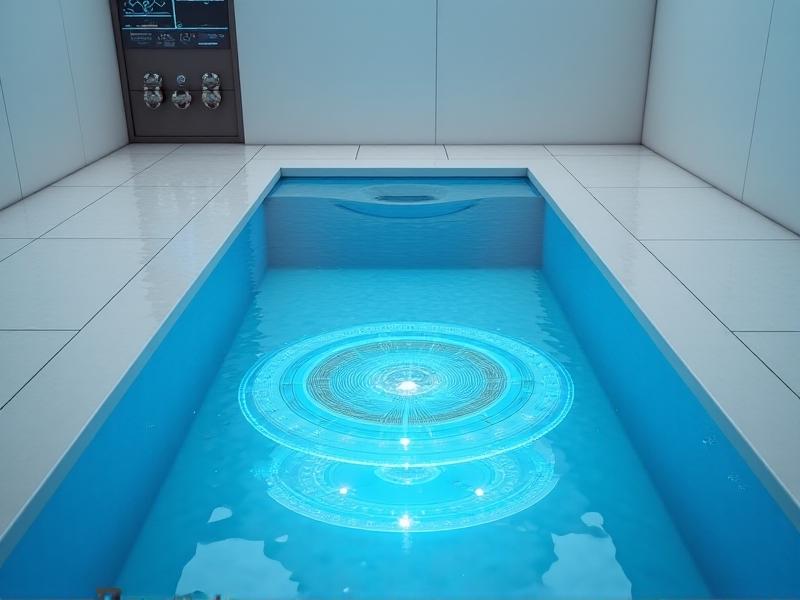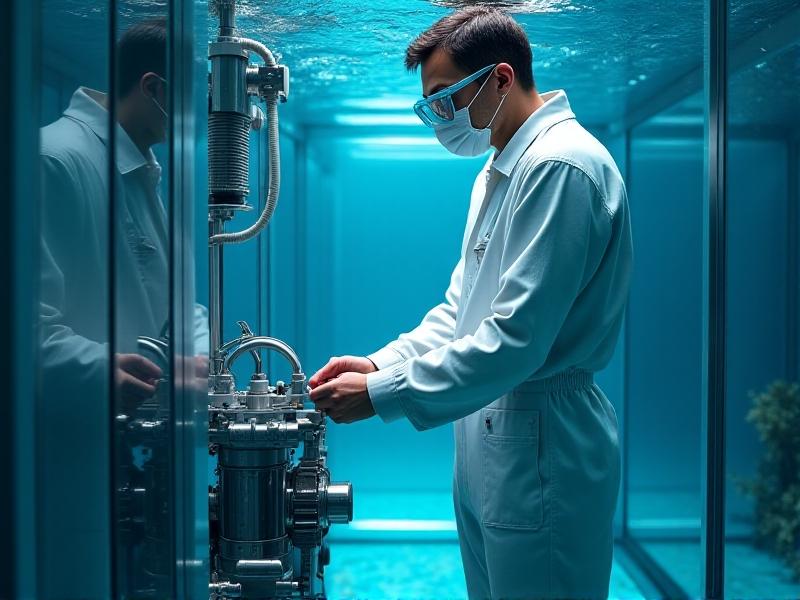Pool-Integrated Vital Sign Monitors
The Evolution of Pool-Integrated Vital Sign Monitors
Swimming pools have long been associated with leisure, fitness, and rehabilitation. However, recent advancements in technology have transformed them into hubs for health monitoring. Pool-integrated vital sign monitors represent a groundbreaking innovation, blending the therapeutic benefits of water with cutting-edge health tracking capabilities. These systems are designed to monitor key health metrics such as heart rate, blood pressure, oxygen levels, and even stress indicators, all while the user is immersed in water. This integration not only enhances the swimming experience but also provides valuable insights into one’s health in real-time.

How Pool-Integrated Monitors Work
At the core of pool-integrated vital sign monitors are advanced sensors and AI-driven algorithms. These sensors are embedded into the pool’s structure, often in the walls, floors, or even wearable devices like waterproof wristbands. They use technologies such as bioimpedance, optical sensors, and pressure detection to measure vital signs. The data collected is then processed by AI algorithms to provide accurate, real-time feedback. For example, optical sensors can detect changes in blood flow by analyzing light absorption, while bioimpedance sensors measure electrical resistance to assess body composition and hydration levels. This seamless integration ensures that swimmers can focus on their activity while the system quietly monitors their health.

Benefits for Fitness Enthusiasts
For fitness enthusiasts, pool-integrated vital sign monitors offer a game-changing advantage. Traditional fitness trackers often struggle to provide accurate readings in water, but these systems are specifically designed for aquatic environments. Swimmers can track their heart rate zones, calories burned, and even the efficiency of their strokes. This data allows for more personalized and effective workouts, helping users achieve their fitness goals faster. Additionally, the real-time feedback encourages users to push their limits while ensuring they stay within safe health parameters. Whether you’re a competitive swimmer or a casual fitness buff, these monitors elevate your pool experience to a whole new level.

Applications in Rehabilitation and Therapy
Pool-integrated vital sign monitors are particularly valuable in rehabilitation and therapy settings. Water’s buoyancy reduces stress on joints, making it an ideal medium for recovery. These monitors enable therapists to track patients’ progress with precision, ensuring that exercises are both safe and effective. For example, a patient recovering from a heart condition can have their heart rate continuously monitored during aquatic therapy, reducing the risk of overexertion. Similarly, stroke patients can benefit from real-time feedback on their movements, helping them regain strength and coordination. This technology empowers healthcare providers to deliver more targeted and efficient care.
Enhancing Safety for All Ages
Safety is a paramount concern in any aquatic environment, and pool-integrated vital sign monitors significantly enhance it. For children and elderly swimmers, these systems provide an extra layer of protection by continuously monitoring vital signs and alerting caregivers to any abnormalities. In the event of a sudden health issue, such as a spike in heart rate or a drop in oxygen levels, the system can trigger alarms or even automatically shut down the pool’s features to prevent accidents. This technology not only ensures a safer swimming experience but also offers peace of mind to families and caregivers.
The Role of AI and Machine Learning
Artificial intelligence and machine learning are the driving forces behind pool-integrated vital sign monitors. These technologies enable the system to learn from user data, providing increasingly accurate and personalized insights over time. For instance, AI can detect patterns in a swimmer’s heart rate variability, predicting potential fatigue or stress before it becomes critical. Machine learning algorithms can also tailor workout recommendations based on individual fitness levels and goals. By harnessing the power of AI, these monitors transform pools into intelligent health ecosystems.
Design and Aesthetics of Modern Pool Monitors
One of the most impressive aspects of pool-integrated vital sign monitors is their seamless design. Unlike bulky medical equipment, these systems are discreetly integrated into the pool’s architecture, maintaining its aesthetic appeal. Sleek, waterproof sensors and minimalist interfaces ensure that the technology enhances rather than detracts from the pool’s ambiance. Whether it’s a luxurious backyard pool or a state-of-the-art aquatic center, these monitors blend effortlessly into the environment, offering functionality without compromising on style.
Future Trends and Innovations
The future of pool-integrated vital sign monitors is brimming with possibilities. Emerging technologies like nanotechnology and advanced biometric sensors promise even greater accuracy and versatility. Imagine a pool that can detect early signs of dehydration or monitor muscle activity to prevent injuries. Additionally, integration with smart home systems could allow users to access their health data from anywhere, creating a truly connected wellness experience. As these technologies continue to evolve, pools will become not just places for recreation, but essential tools for health and well-being.
Environmental and Sustainability Considerations
As with any technology, the environmental impact of pool-integrated vital sign monitors must be considered. Manufacturers are increasingly focusing on eco-friendly materials and energy-efficient designs to minimize their carbon footprint. Solar-powered sensors and recyclable components are just a few examples of how this technology is aligning with sustainability goals. By prioritizing environmental responsibility, the industry ensures that these innovative systems contribute to a healthier planet as well as healthier individuals.
Challenges and Limitations
Despite their many benefits, pool-integrated vital sign monitors are not without challenges. High costs and technical complexity can be barriers to widespread adoption. Additionally, ensuring data privacy and security is crucial, as these systems collect sensitive health information. Maintenance and calibration of the sensors also require specialized knowledge, which may pose challenges for some users. Addressing these issues will be key to unlocking the full potential of this technology.
Conclusion: A New Era of Aquatic Wellness
Pool-integrated vital sign monitors represent a transformative leap in how we approach health and wellness in aquatic environments. By combining the therapeutic properties of water with advanced technology, these systems offer unparalleled benefits for fitness, rehabilitation, and safety. As the technology continues to evolve, it promises to redefine the role of pools in our lives, making them not just places for leisure, but essential tools for holistic well-being. The future of aquatic wellness is here, and it’s more innovative than ever.








